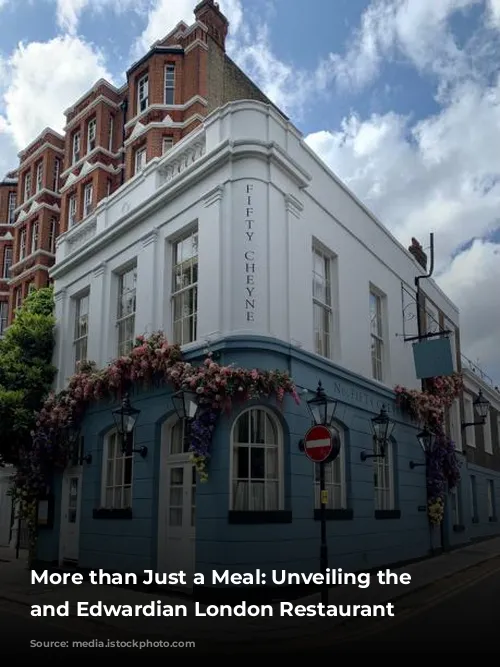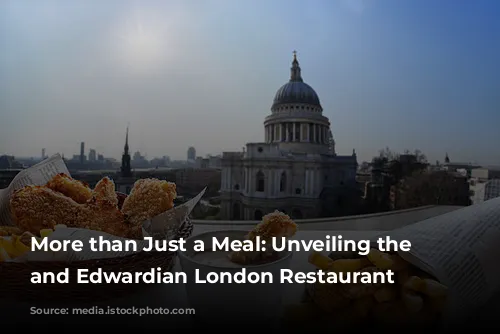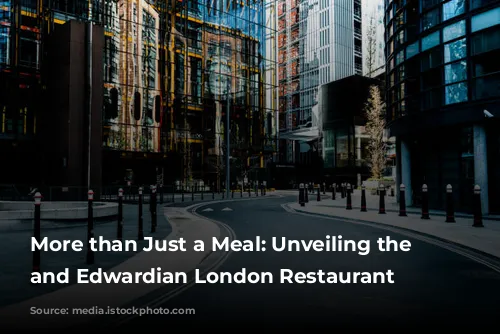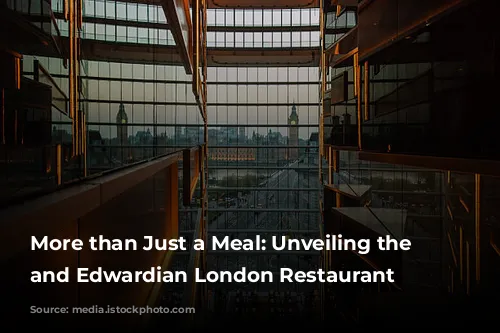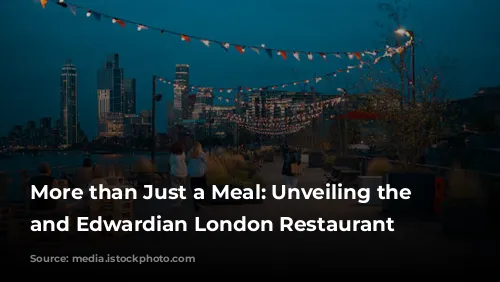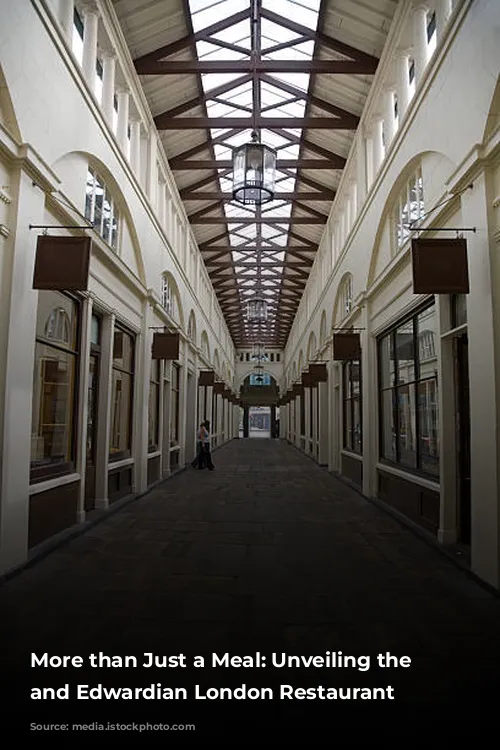This captivating book takes us on a journey through the vibrant world of London restaurants during the Victorian and Edwardian eras. It’s not just about posh, luxurious dining in the West End, but explores the diverse landscape of London’s eating culture. From dock workers grabbing a quick bite in coffee houses to office workers scrambling for a quick lunch in the bustling Square Mile, the book paints a picture of the city’s diverse population and their culinary needs.
We witness a kaleidoscope of dining environments – from grand dining rooms adorned with lavish decorations to the modern refreshment rooms of chains like Spiers and Pond or Lyons. The book even delves into the world of humble eating houses, though their descriptions are scarce. This exploration takes us back in time, even predating the recent trend of street food vendors. We discover Victorian and Edwardian Londoners dining alongside shop windows, street carts, and mobile kitchens, enjoying meals purchased from these makeshift food stalls.

More Than Just Plates: Social and Cultural Shifts in Victorian London
The book goes beyond the physical act of dining, exploring the broader social and cultural transformations that were taking place in London between the 1840s and the First World War. It reveals how the growth of the restaurant scene reflected significant shifts in society, such as the rise of commercial leisure, the increasing importance of the service sector, and the introduction of new technologies.
It also highlights the democratization of the public sphere, with restaurants becoming places where diverse groups of people could mingle and connect. We see the changing roles of men and women in society reflected in the restaurant’s dynamic environment, with women not only becoming consumers but also playing pivotal roles in the service sector as business owners and waiting staff.
The book introduces the intriguing concept of “gastro-cosmopolitanism,” emphasizing the diverse and multicultural culinary landscape of Victorian London. This challenges the notion that such a diverse culinary scene is a product of the post-1945 era, revealing its presence much earlier in history.

Beyond the Plate: The Restaurant as a Site of Sociability, Identity, and Debate
The book delves deeper, revealing the restaurant as not only a business and a place of employment but also as a key site for the emergence of new urban experiences and identities. It sheds light on the experiences of those often overlooked in history: the female dining room proprietor, the German waiter, and the female Greek pastry cook, among others.
Focusing on London, the book highlights the intertwined nature of cultural and commercial forces in shaping modern Britain. It emphasizes the rewarding nature of historical research that recognizes the complex interplay between global forces and localized spaces.
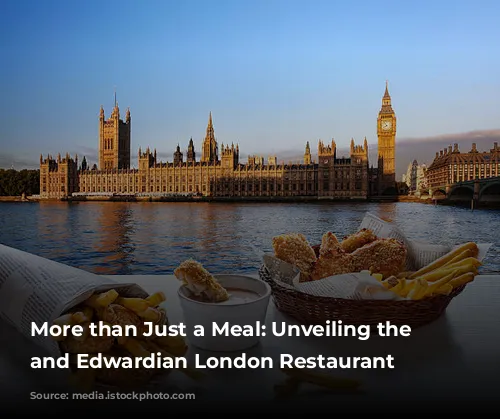
More than just a Story: A Rich Tapestry of Research and Impact
Beyond the book’s engaging narrative, it stands out for its extensive research and its ability to spark thought-provoking discussions. Reviewers praise the book for its painstaking exploration of all aspects of the restaurant industry, from the commercial challenges to the daily lives of the waiting staff, the concerns about health and safety, and the impact of globalization on cuisine.
The book’s exploration of the role of women in the restaurant industry is particularly commended, placing them at the center of the Victorian dining scene. Reviewers acknowledge the book’s relevance to contemporary issues, drawing parallels between the challenges faced by the restaurant industry in the Victorian era and those faced today.
The book’s impact is undeniable, offering a fresh perspective on the history of dining in London and serving as a vital resource for scholars and anyone interested in the social and cultural history of the Victorian era. It reminds us of the transformative power of the restaurant as a place for work, leisure, social interaction, and cultural expression.

